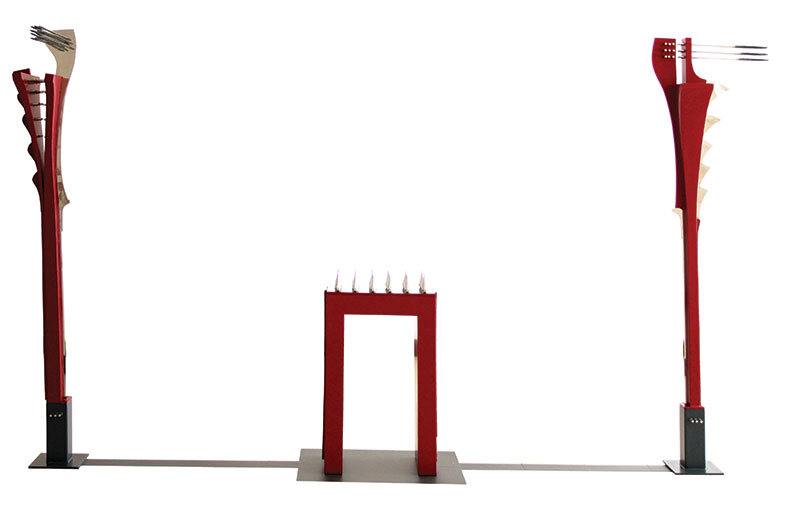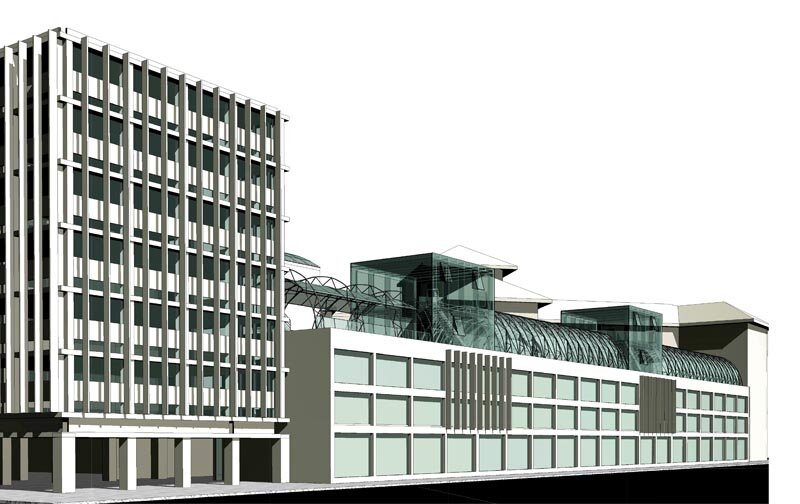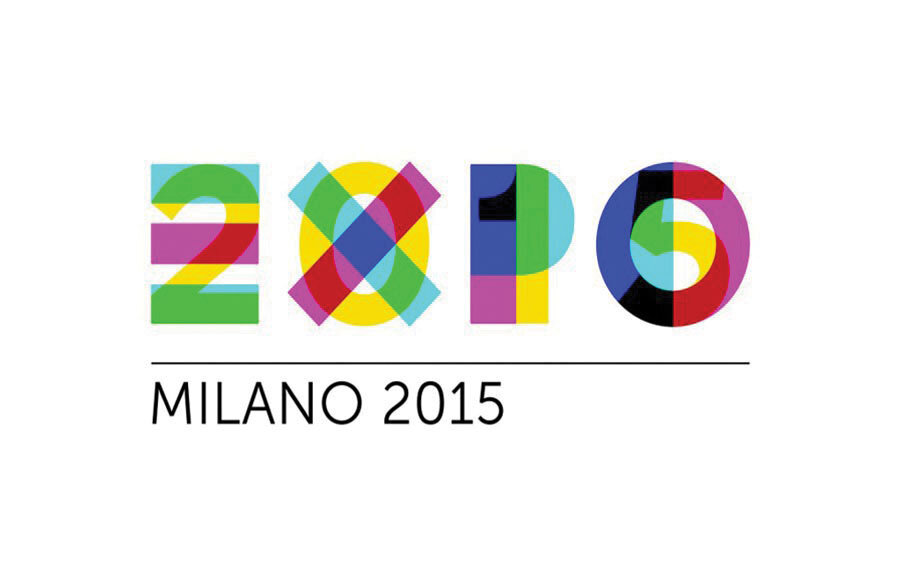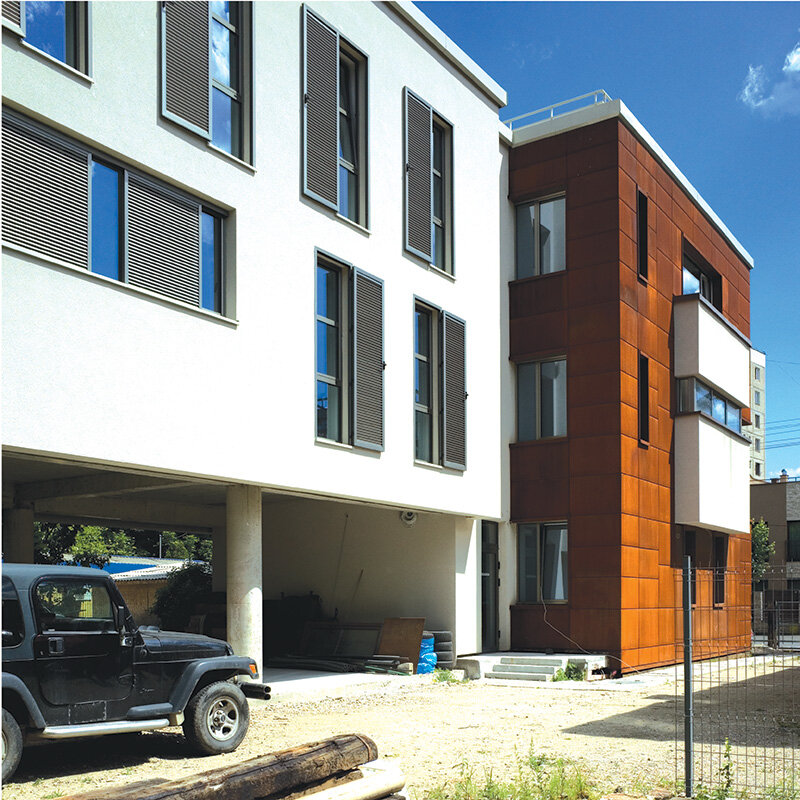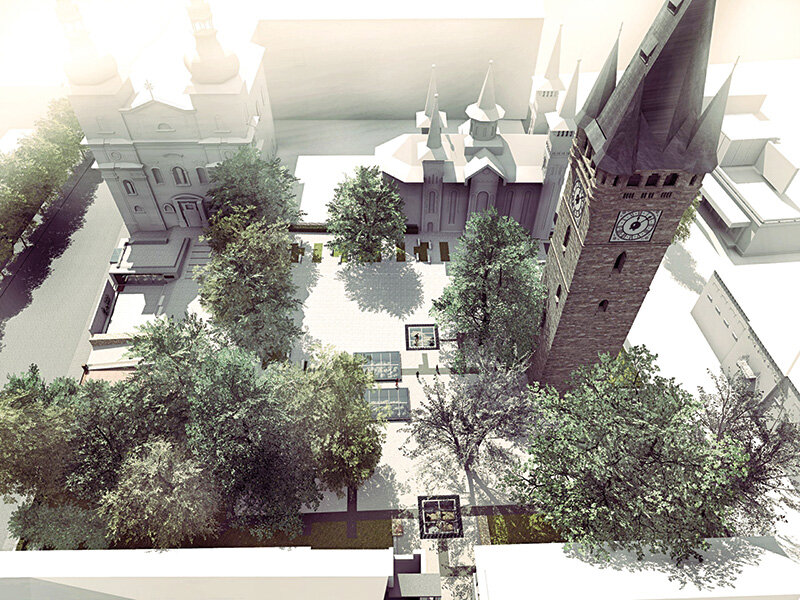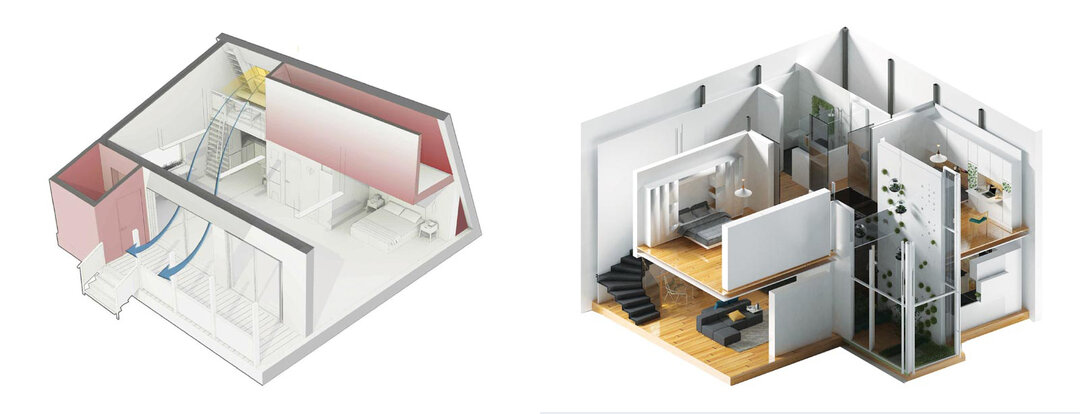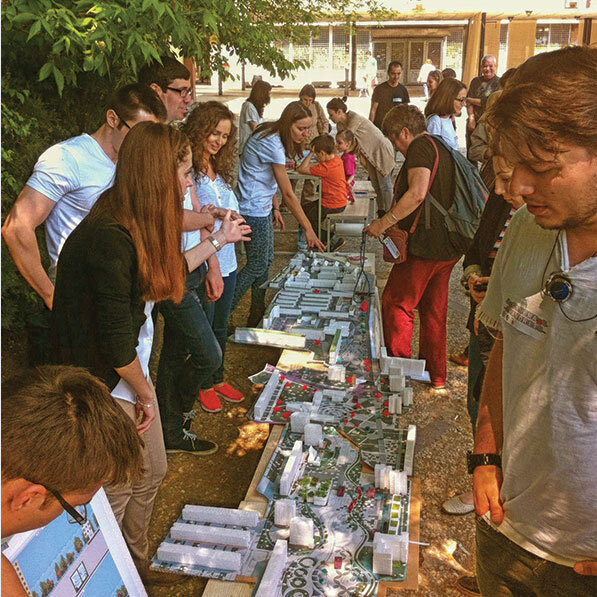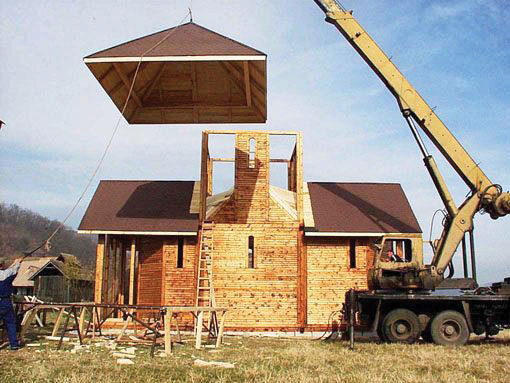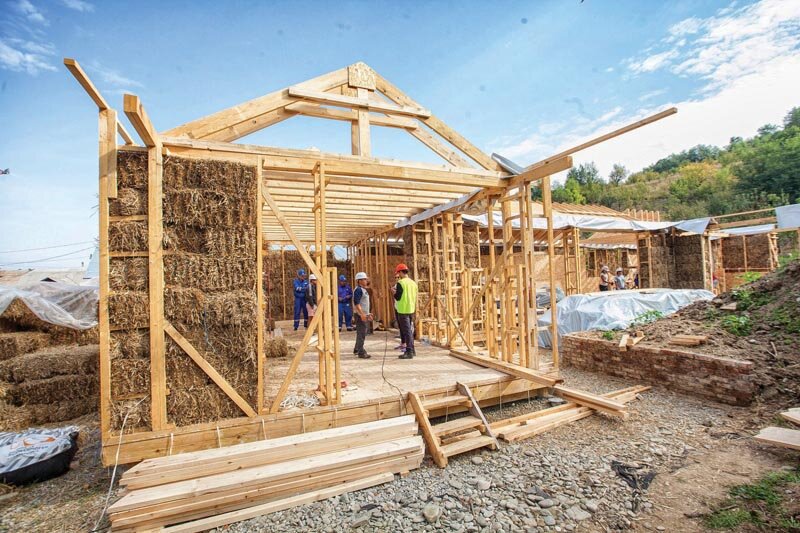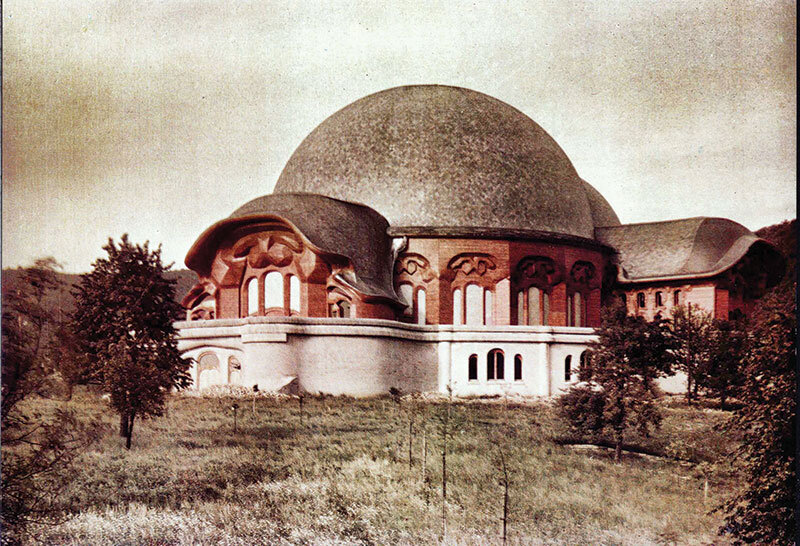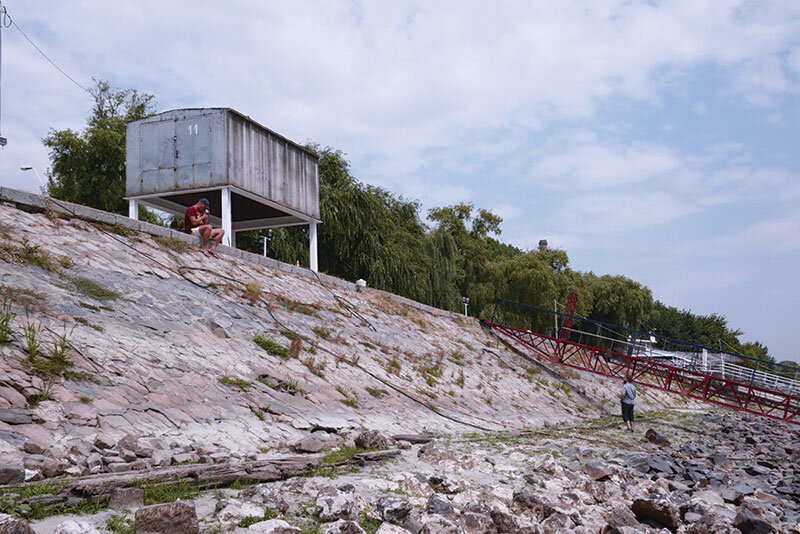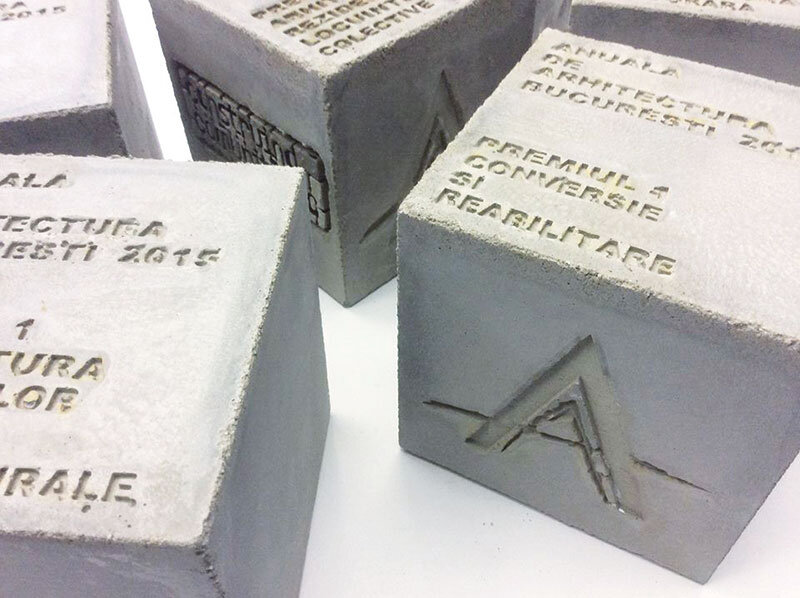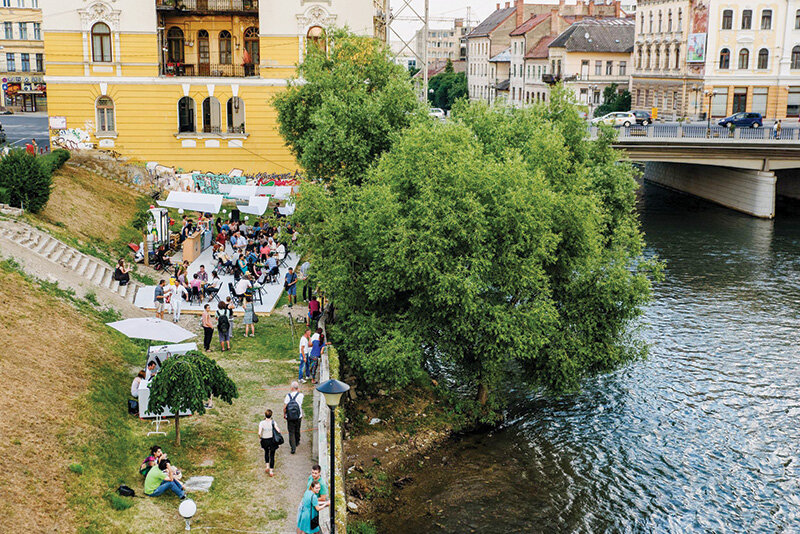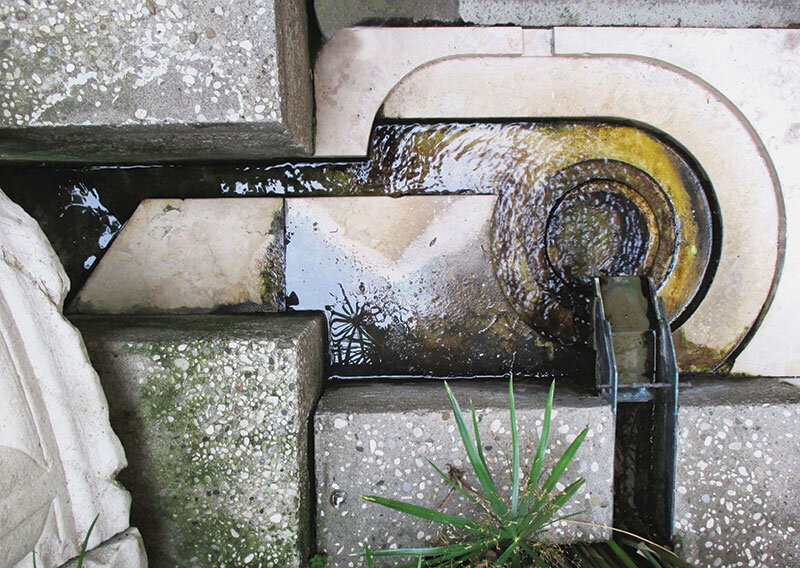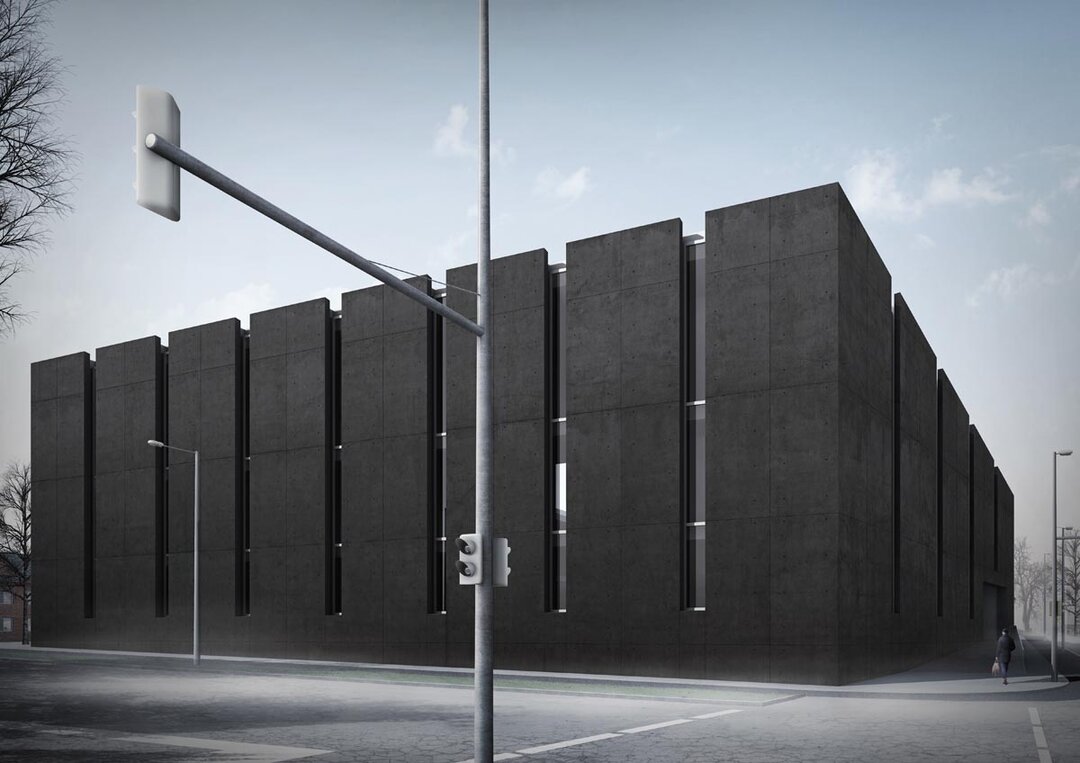
Someș Delivery
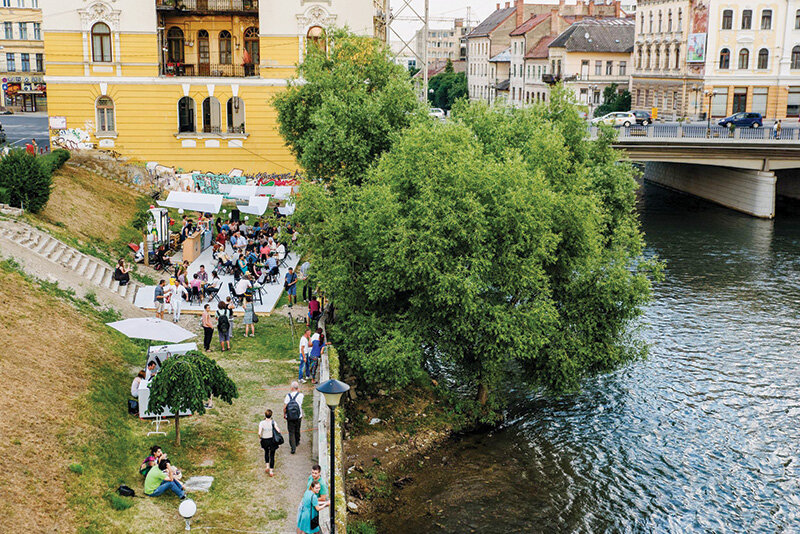
The river Someș, although it flows through the major neighborhoods and the city center, is under-used and is seen rather as a canal or an urban boundary. It lies somewhere at the edge of the collective mental map. Our intention is not new - but the extension beyond architecture and urbanism (landscape design, sociology, anthropology, environment, ecology, education, events) and the growing interest of the administration and some NGOs make the approach more taken up now than in the past.
In order to better understand the complex context of the flow of the River Someș through the city, we have decided to focus each year on a different section. For this first edition we chose a central one, between the Horea and Napoca bridges, for visibility, but also because it raises a number of problems of accessibility and connection between important parts of the city: the Central Park, the historic center and the Citadel.
As it is a temporary event, we were able to test and experiment freely with possible solutions for development and use that were otherwise unpredictable, and that is why we considered it essential to involve the riverside residents, residents and institutions.
These were the triggering ideas for the first edition, the pilot Someș Delivery.
What we succeeded in this edition
The social study and anthropological survey, carried out by students of the Faculty of Sociology and Social Work under the guidance of their professors, we commissioned in order to better understand the relationship between the riverside residents and the river. The information and findings are being synthesized.
The project took shape through a competition of ideas for the Someș, which allowed anyone interested to express themselves. The ideas selected were diverse: urban design interventions and installations, workshops for children and adults, events and performances that animated the river banks for two days. (More details on somesdelivery.ro.)
Zero Waste Romania were our partners in the sanitation campaign. But the clean-up proved ineffective, as waste is constantly flowing from upstream. As a result, ZWR has launched a two-year, river-wide project in which they will work with 17 local administrations to clean up the Somes Mic.
Our intervention, a riverside terrace pavilion, pointed out some of the area's major shortcomings: the lack of a more direct connection between the historic center and the Citadel's recreation and viewing area, the lack of safe and convenient access to green space at the minor riverbed level, and the poor use of green space at street level.
The pavilion was also a beacon of the event and hosted presentations, workshops and debates, an exhibition explaining the whole project approach. Made from a modular scaffolding structure, it offered new perspectives on the river and the wider area. The pavilion's detached body opened up access to a peninsula at water level.
The terrace activated the green area daily with other workshops and performances, and the Atelier Café, a popular Cluj venue, provided the bar and music program each evening.
The involvement of local residents had unexpected effects. We discovered that there isn't a formed community here, but it's in the making, perhaps even on this occasion. Local institutions have also responded to our project. The Hungarian Opera opened the space on the Someș side, hosting activities and enlivening it with its own performance. Together with the Technical University, they opened, at our proposal, a new pedestrian route between Elisabeta Bridge and Barițiu Street, through the courtyards of the two institutions.
Project achievements
We activated and animated several spaces along the stretch. The intervention was homogeneous, so the flow of the public was constant and rich along it by marking the areas with potential, through the projects in the competition and our intervention.
Someș Alley, a project of the YAA+Cs association, piloted an alley along the water; their intervention is still in use today. The XO path, by Ana Felvinczi, opened the exploration of the peninsula in the Astoria area.
For both projects, as well as for the flag body that allowed safe access to the peninsula, we obtained, for the first time, a favorable opinion from A.N. Apele Române for temporary interventions.
The project Elizabeth Bridge: past and present had a great impact. The project team marked the name of the Elisabeta Bridge above the access from the park, the only historical monument bridge in Cluj, and posted an info-totem telling the story of the Elisabeta Alley, which once connected the Citadel. The intervention is still there and we want to make it permanent.
The first official opening of the fence between two institutions, the Hungarian Opera and the Technical University, is another big step taken towards a better relationship with the Someș and the testing of a new and desirable pedestrian route in the city.
Conclusions
The continuation of the Someș Alley to the Garibaldi Bridge would not require high costs, but would produce a major effect for pedestrian transit on the Someș.
The peninsula in the Astoria area could be made accessible again without a major investment by the City Hall and with the agreement of A.N. Apele Române.
The Elisabeta Bridge could keep its name and the old access to the Citadel could be rebuilt, which would improve the connection between two beloved green areas, the Central Park and the Citadel.
The new pedestrian access between the two institutions could become a reality, without costly interventions, and the extension of this route up to the future bridge in front of the Tranzit House could be realized and managed by the city through a public utility easement. The city plans to launch a tender for this new bridge soon.
Basically, the power of synthesizing a very large mass of information produced by the urban environment adjacent to the Someș is the greatest contribution that this project can bring to the people of Cluj and the local administration alike. We will make this information available to the people of Cluj through a brochure, and through a specialized report - to the public administration, which can take into account or even implement the ideas we have tested in a future development of the area.
Someș Delivery is an independent cultural project, inspired by Street Delivery, organized by the Cărturești Foundation, the Romanian Order of Architects and the miniMASS Association, which aims to reintegrate the Someș into the life of the people of Cluj.

